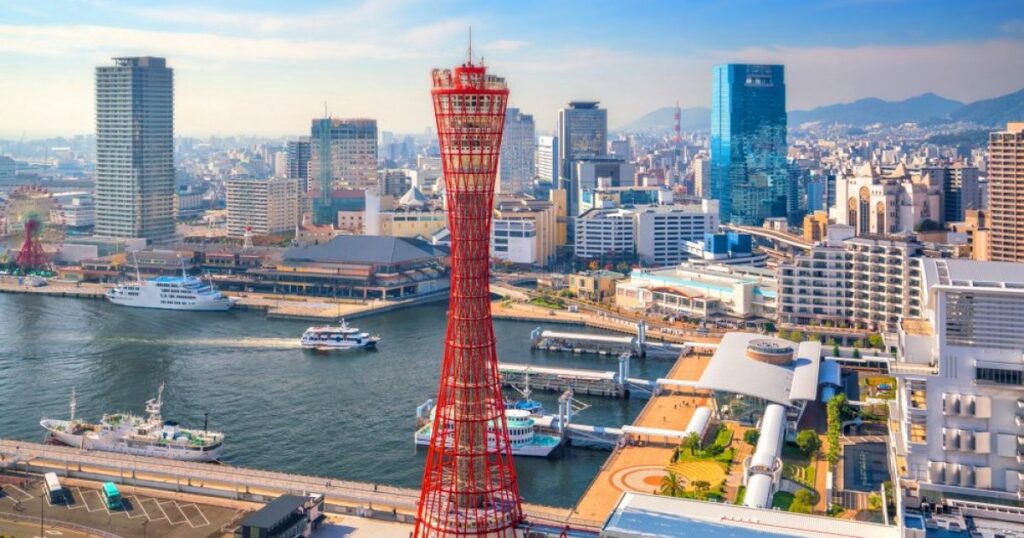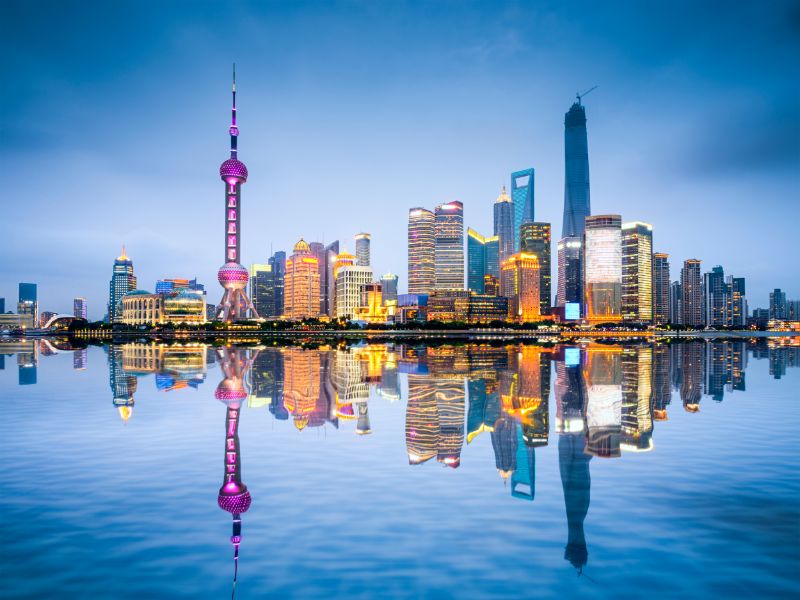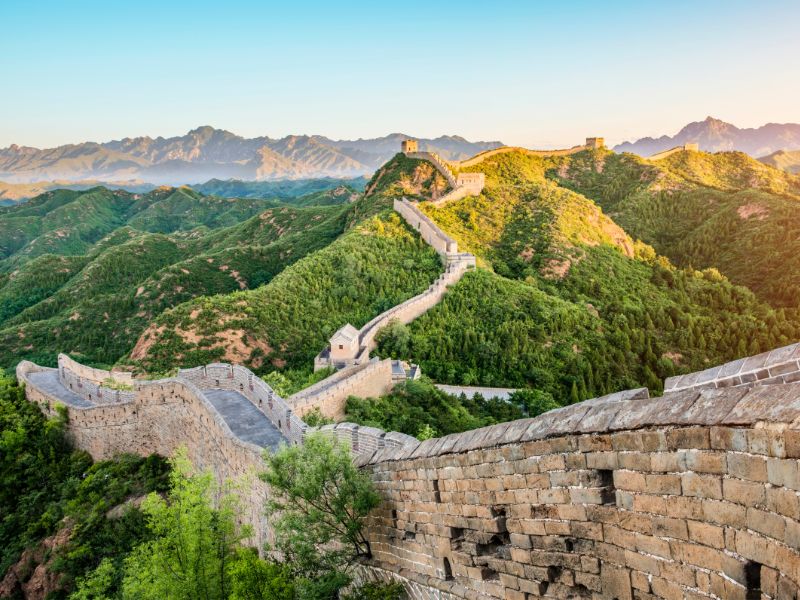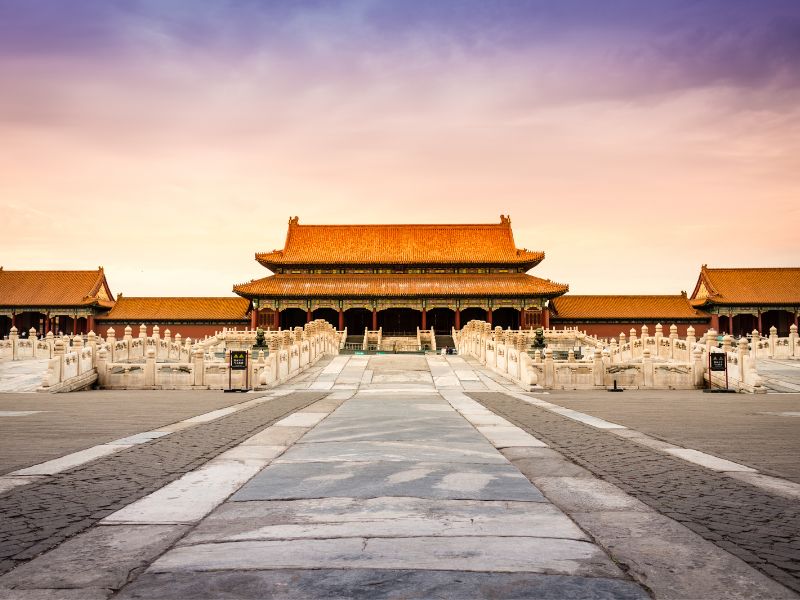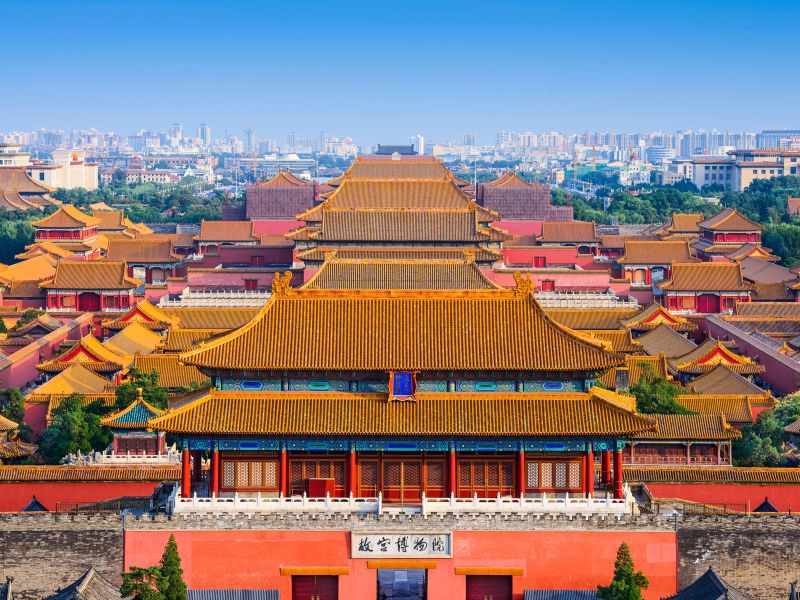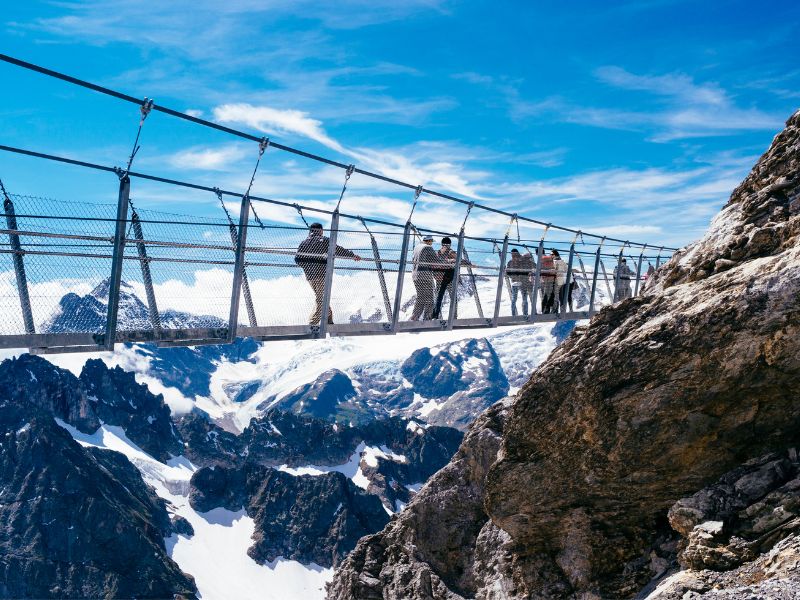Tin tức du lịch
Nhật Bản được biết đến với thiên nhiên hùng vĩ, thức ăn đa dạng và phong phú. Bên cạnh đó còn có những nét văn hoá độc đáo được lưu truyền và gìn giữ qua nhiều thế hệ. Chương trình Cung Đường Vàng 7 Ngày 6 Đêm tại Fiditour sẽ mang đến nhiều trải nghiệm đáng nhớ cùng những tuyến điểm thú vị.
- Tháp Tokyo Sky Tree
Kể từ khi mở cửa vào tháng 5 năm 2012, Tokyo Skytree ngay lập tức trở thành biểu tượng chính của Tokyo, với độ cao có thể nhìn thấy được từ hầu hết mọi nơi trong trung tâm thành phố. Tòa tháp có hai tầng mở cửa cho công chúng. Tầng Tembo Deck (350 m) và tầng Tembo Galleria (450 m) đều có tầm nhìn ngoạn mục từ sáng đến tối, khi thành phố bên dưới lấp lánh như những viên ngọc.
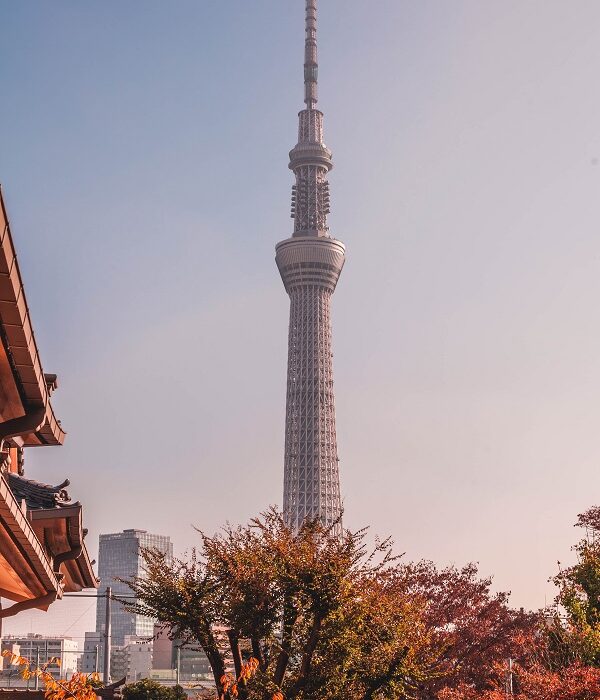
2. Làng văn hoá Oshio Hakkai tại Yamanashi
Ngôi làng được coi là một trong những di tích quốc gia tại Nhật Bản, là địa điểm du lịch nổi tiếng nhất tại Yamanashi.
Nếu như không phải ai cũng đam mê với bộ môn leo núi, việc ghé thăm làng cổ Oshino Hokkai là một lựa chọn lý tưởng. Du khách vừa có thể chiêm ngưỡng vẻ đẹp của núi Phú Sĩ ở cự li gần, đồng thời có thời gian trải nghiệm văn hóa, con người Nhật Bản tại đây.
Nước hồ tại làng cổ Oshino Hokkai còn mang nhiều ý nghĩa văn hóa, tín ngưỡng. Trước khi vào làng, mọi du khách cần làm nghi thức nho nhỏ, đó là dùng gáo hứng nước để rửa sạch hai bàn tay, sau đó mới được vào tham quan làng.
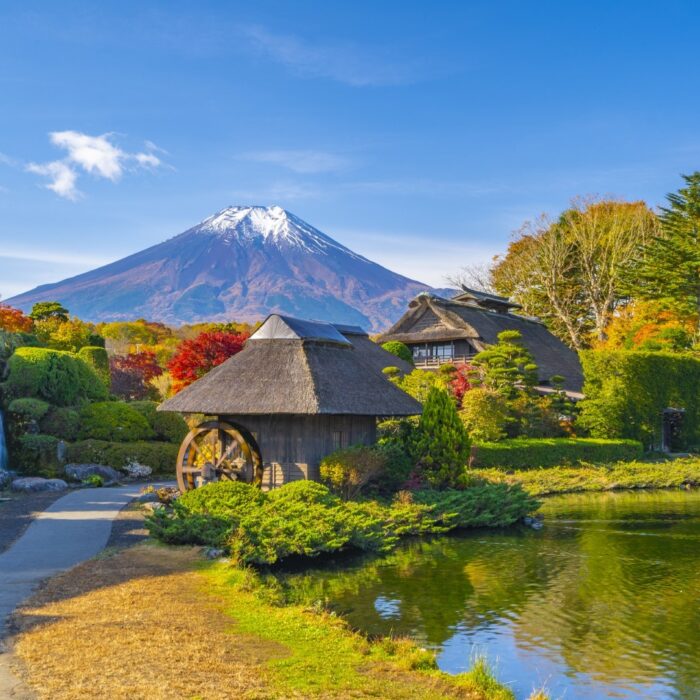
Mùa đông, nơi đây cũng mang một vẻ đẹp riêng tạo nên một bức tranh thiên nhiên hùng vĩ.
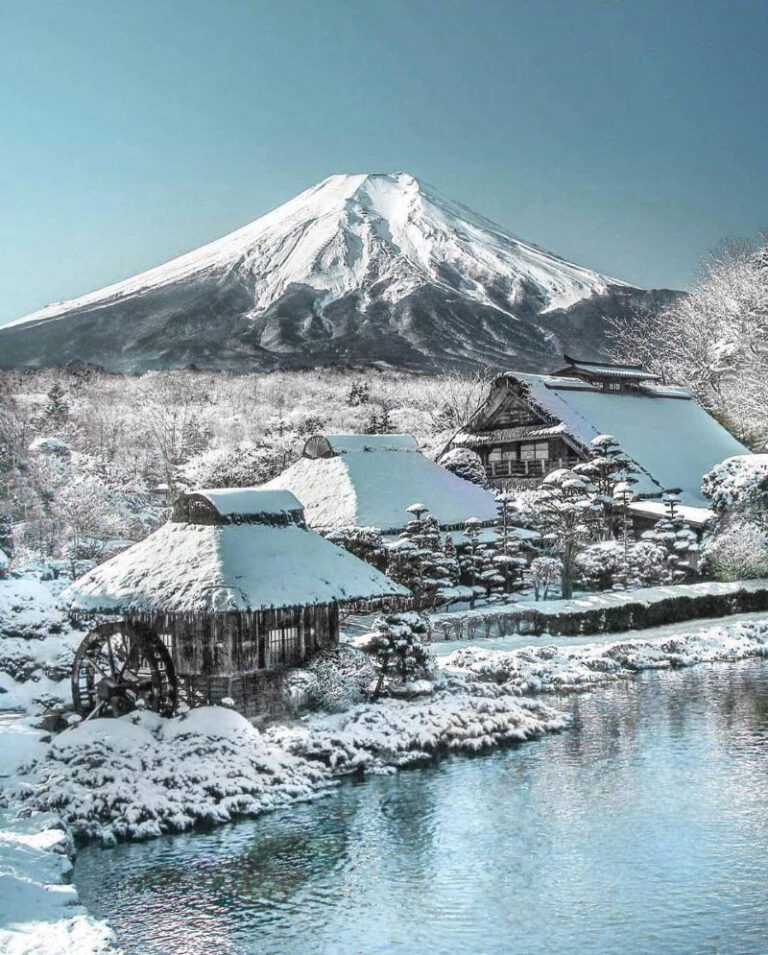
3. Du thuyền trên “Hồ thiên nga”
Hồ Yamanaka là 1 trong 5 hồ lớn ở Phú Sĩ và cũng là hồ nổi tiếng với những chú thiên nga trú ngụ tại đây. Cái tên “Hồ thiên nga” cũng đã bắt nguồn từ ấy.
Cát ở đây cũng khá khác với cát biển vì có trộn lẫn bởi tro bụi từ núi lửa phun trào. Nếu may mắn bạn có thể thấy được cảnh thiên nga nô đùa dưới vẻ đẹp của núi Phú Sĩ.
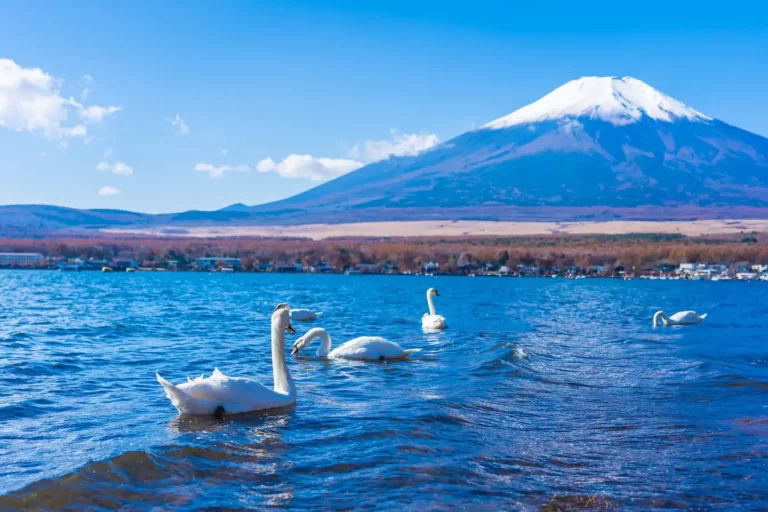
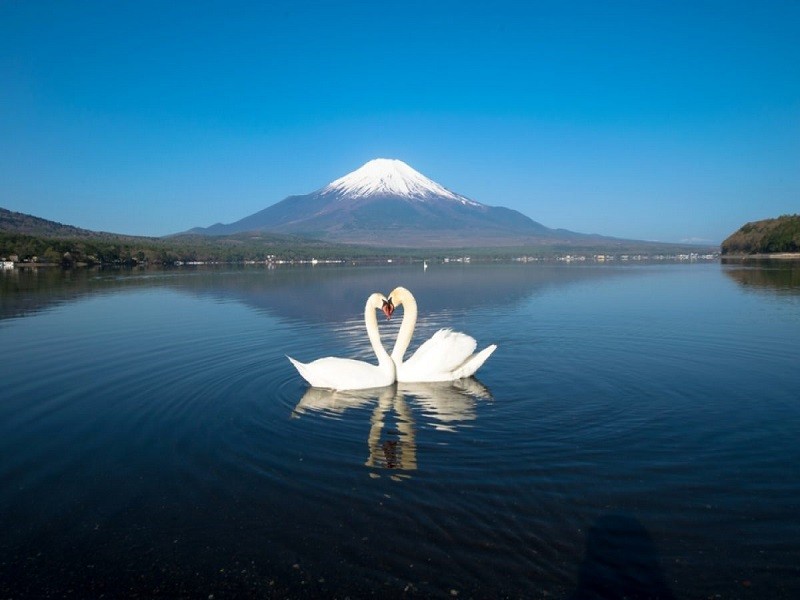
4. Đường hầm lá đỏ
Vào mùa thu, hồ Kawaguchi có cảnh sắc sặc sỡ của những hành lang lá Phong tuyệt đẹp. Xung quanh hồ có một cung đường tên là Momiji Kairou, đường hầm lá phong, nằm ở gần hồ. Cung đường này có trồng khoảng 60 cây Phong dài khoảng 2km sẽ chuyển màu đỏ thẫm điểm vàng cam vào tháng 11 tạo nên cảnh tượng thơ mộng.
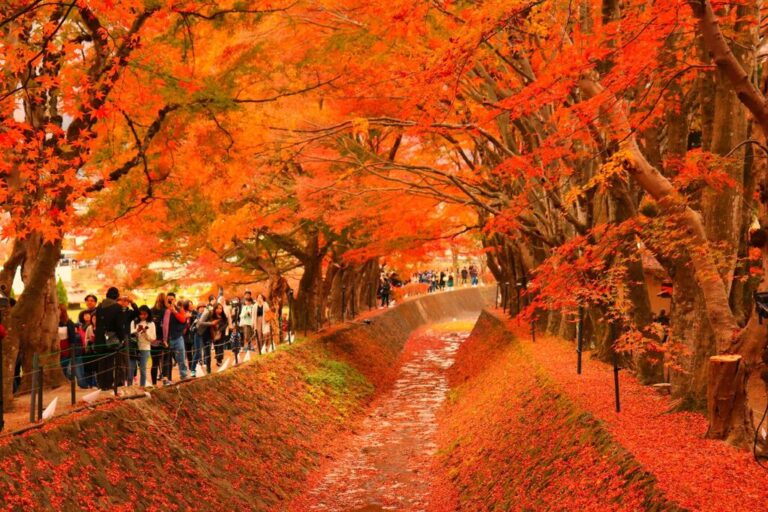
5. Núi Phú Sĩ
Núi Phú Sĩ là một ngọn núi lửa hấp dẫn và là chủ đề thường xuyên của nghệ thuật Nhật Bản, đặc biệt là sau năm 1600. Ngọn núi được nhắc đến trong văn học Nhật Bản qua các thời đại và là chủ đề của nhiều bài thơ.
Phong cảnh của mùa thu của núi Phú Sĩ Nhật Bản đẹp lãng mạn và thơ mộng mà không ngòi bút nào có thể tả hết. Ngọn núi hùng vĩ, tráng lệ được phủ đầy bởi những cánh rừng chuyển màu từ xanh thành vàng và đỏ. Đỉnh núi in bóng tịch mịch trên mặt hồ tạo nên khung cảnh nên thơ hơn bao giờ hết.

6. Chùa Thanh Thuỷ
Tham quan chùa Thanh Thuỷ buổi tối là một hoạt động được nhiều khách du lịch đánh giá cao. Vào thời điểm trước 21 giờ là thời điểm cuối cùng chùa đón khách du lịch và giờ đóng cửa là 22h. Chúng ta sẽ có nhiều thời gian để tham quan. Vào mùa thu chùa Thanh Thuỷ buổi tối rực rỡ với hơn một nghìn cây lá phong đỏ ven đồi được chiếu sáng lung linh.
Thuỷ . So với mùa anh đào, mùa lá vàng ở Kyoto kéo dài hơn nhiều từ giữa tháng 10 đến giữa tháng 12, với đỉnh điểm vào giữa tháng 11.

7. Thành Osaka
Thành Osaka được cho là địa danh nổi bật nhất Osaka, nơi từng xảy ra những cuộc đấu tranh giành quyền lực đẫm máu dẫn đến sự hình thành thời kỳ Edo vào năm 1603.
Từ tầng 1 đến tầng 7 là khu vực đài quan sát với nhiều tư liệu lịch sử vào thời đại của Toyotomi Hideyoshi như các hình mẫu phục dựng lâu đài, nón giáp, đao kiếm và mô hình nhân thu nhỏ bối cảnh các cuộc chiến.
Tùy theo thời gian mà các tư liệu trưng bày sẽ được thay đổi. Ngoài ra, vào một số dịp sẽ có những triển lãm đặc biệt hoặc theo chủ đề. Vì vậy, hãy chủ động cập nhật một số thông tin về triển lãm tại lâu đài để có thể chiêm ngưỡng và trải nghiệm trọn vẹn hơn.

8. Kảng Kobe
Ghé thăm thành phố cảng Kobe phát triển và sầm uất ngày nay, ít ai tưởng tượng được rằng chỉ mới trong năm 1995, thành phố này gần như bị phá huỷ hoàn toàn sau trận động đất kinh hoàng. Chỉ sau 19 năm, nhờ vào sự kiên cường và một ý chí đáng khâm phục, người dân Kobe đã nhanh chóng vực dậy kinh tế và đời sống tại vùng đất quê hương.
